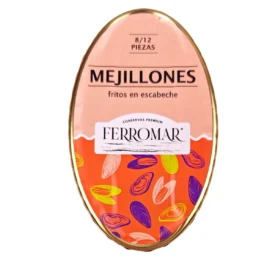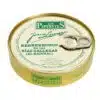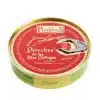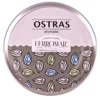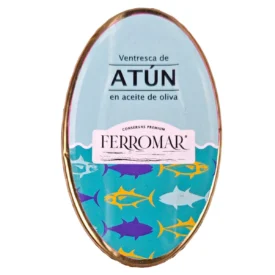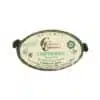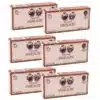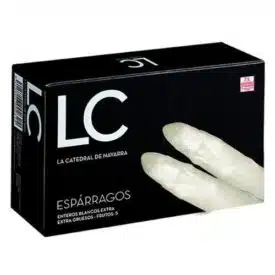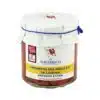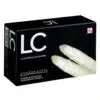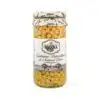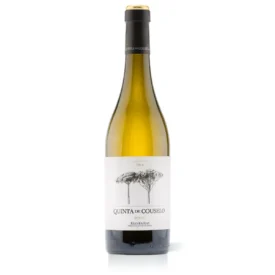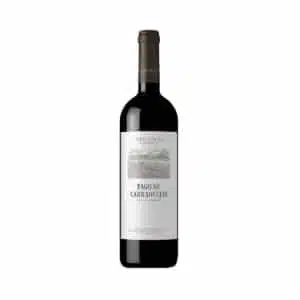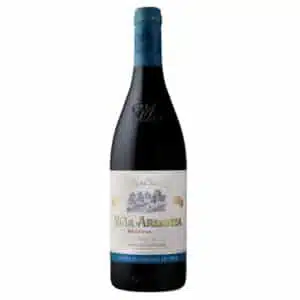Mussels
How to choose the right size of canned mussels?
CANNED MUSSELS
Canned mussels have become one of the indispensable products on the shopping list of most Spanish households[https://www.mapa.gob.es/es/alimentacion/temas/consumo-tendencias/informe2019_v2_tcm30-540250.pdf].
Its flavor, versatility and price are just some of the reasons that have turned mussels into a staple of our gastronomy.
Mussels provide a rich variety of nutrients and vitamins to our body, while being low in fat. This food is a source of potassium, proteins, selenium, sodium, zinc and phosphorus. It also contains vitamins A, C, B-12 and omega-3.
But the prominent place that this type of canned food occupies in our pantry makes it necessary to have a basic knowledge of the product that we are going to buy so that the acquisition becomes a sure success.
Knowing the origin of the raw material and knowing exactly what we are going to find when we open the canned food can turn a mussel tapa into a success.
- A quality source: Galician mussels
- What size mussel is best?
- How many mussels are in a can?
1.- A quality origin: Galician mussels
Spain is the main producer of mussels in the European Union and one of the three most important mussel producing countries in the world. More than 90% of the Spanish production volume of this type of mollusk, and almost 50% of the world total, comes from the 3300 rafts located on the Galician coast.
But the quality of Galician mussels is not only guaranteed by numbers. Responsible for this success are a series of environmental circumstances that make Galicia an optimal place for the growth of high quality mussels. These natural characteristics are a suitable temperature, a significant concentration of phytoplankton and the strong currents in the area.
Protected Designation of Origin
The mussels of the Galician estuaries feed on the organic matter found in the coastal waters, a sustenance that plays a vital role in the quality of Galician mussels. The Food and Agriculture Organization of the United Nations (FAO) described these waters as one of the richest phytoplankton deposits on the planet.
Likewise, this diet is not only the reason why mussels cultivated in this area have such a characteristic flavor, but also has a direct impact on the orange color of these bivalves in comparison with mussels from other regions. This color is accentuated in females during the ovation season, and attenuated in males when they reach their most fertile stage.
On the other hand, Galician mussels are the only mussels with a Protected Designation of Origin (P.D.O.) recognized in 2007.
2.- What size mussel is best?
The quality of the waters in which they grow means that Galician mussels take less time to reach a larger size than other families of bivalves. Thus, the entire process of cultivation of Galician mussels, known as Mytilus galloprovincialis, is completed in about 17 months. It is at this point when they reach between 5 and 10 centimeters.
The size of Galician mussels depends on many factors, among which the maturation time or the growing area is the most important. Thus, those that live in spaces with strong water currents or on top of the ropes of the rafts tend to develop a larger size.
- Selection process
The process of selecting the size of the pieces is different depending on the destination of the mussels, whether the mussels are sold for sale as fresh or for packaging. When sold as fresh shellfish, the reference is the size of the shell, while mussels intended for packaging are calibrated according to the size of the meat.
When we refer to preserves, the size of the specimens are divided into giant, large, medium or small.
- Giant – the largest caliber, the most demanded.
- Large – contains less than 26 pieces per kilo
- Medium – between 26 and 31 pieces per kilo
- Small – between 32 and 42 units per kilo.
In most cases, the size is indicated on the canning package. If this is not the case, we can be guided by the number of pieces and the size of the can or jar.
3.- How many mussels are in a can?
A common mistake when choosing canned mussels is to confuse the number of units with the size of the mussels inside. We tend to associate a higher number of pieces with a smaller size of meat.
However, the number of units is more related to the format of the cans than to the size of the pieces.
In our store you can see the size of all our mussels specified in the product name. However, with the format and the number of pieces you can also have an approximate idea of the size, so that your only concern is to enjoy the taste of a good plate of Galician mussels of the caliber you like the most.

